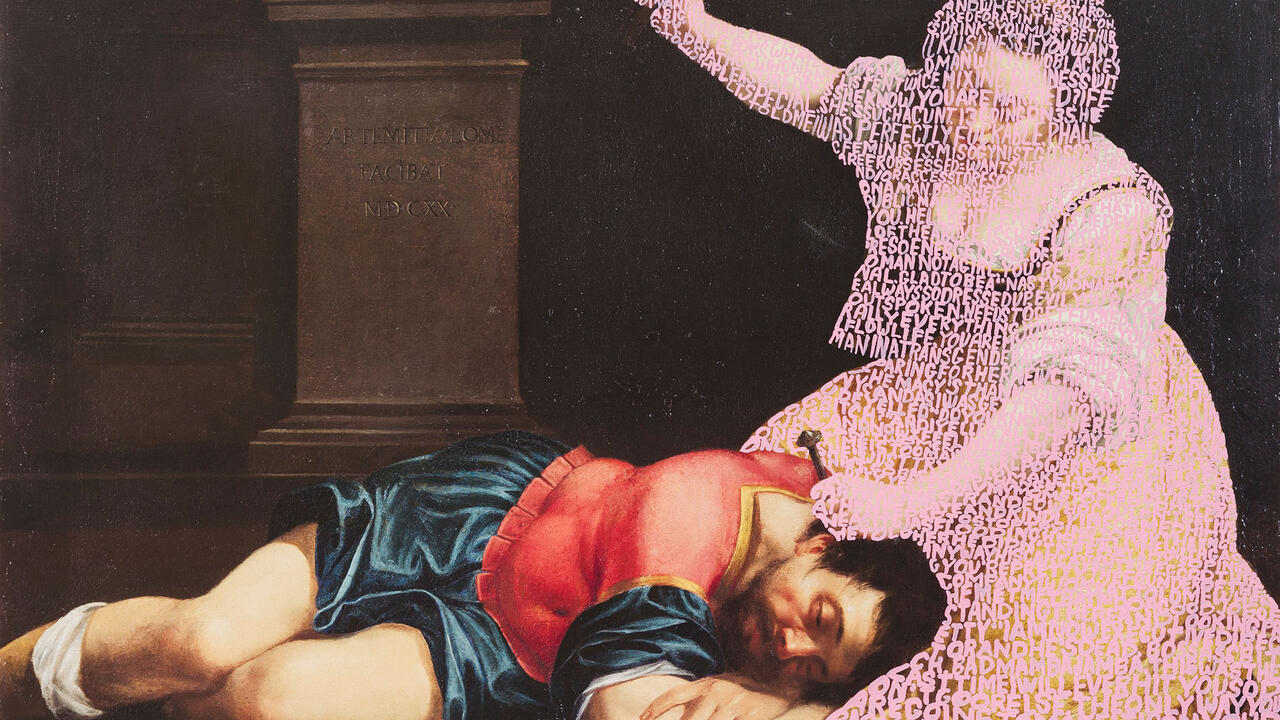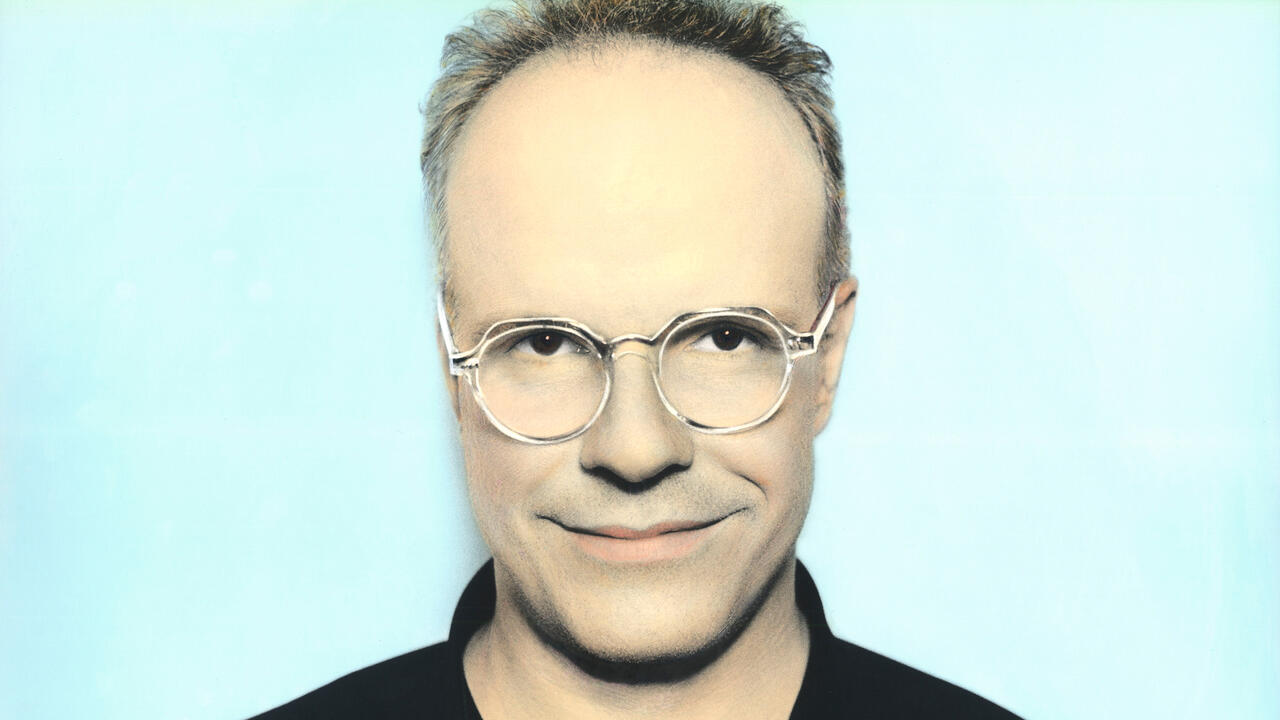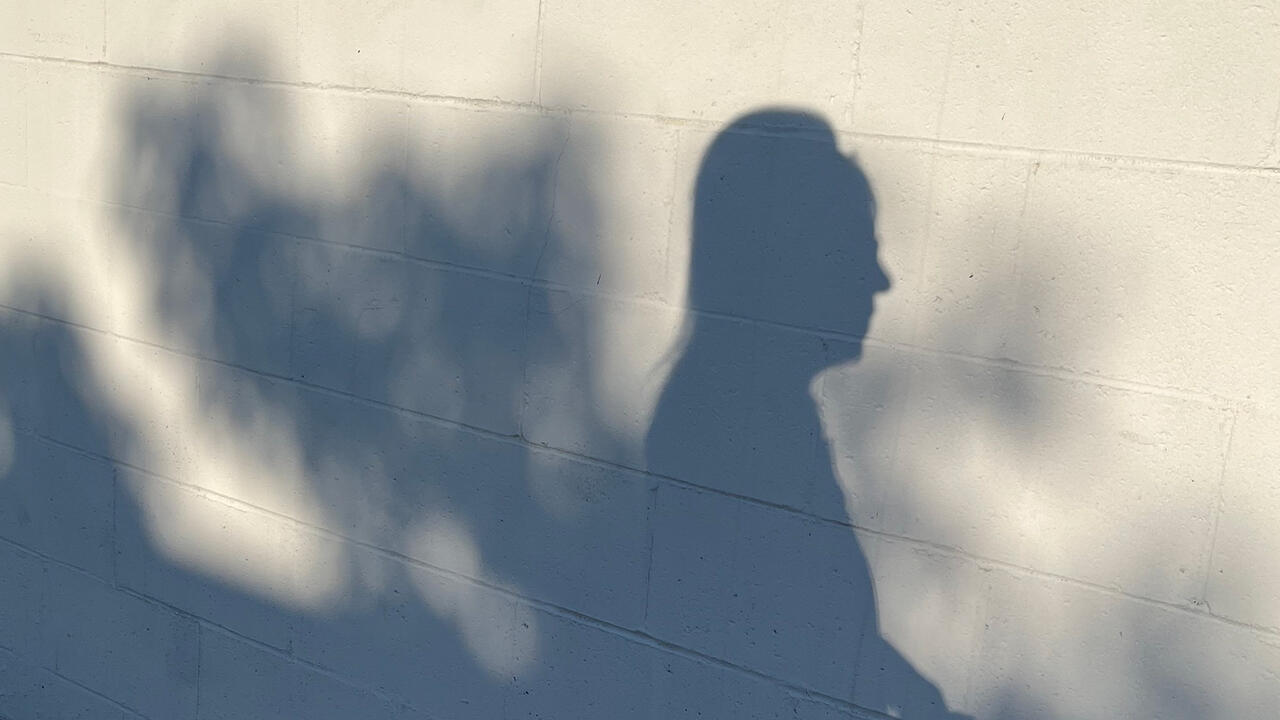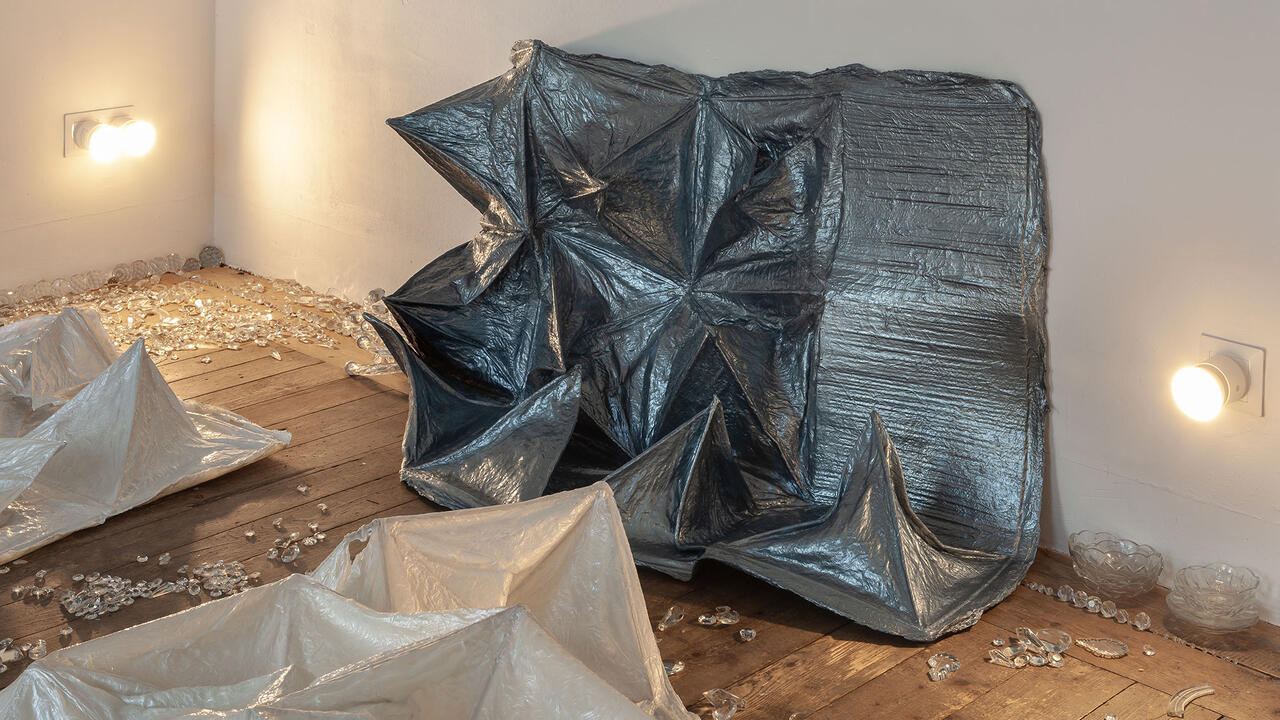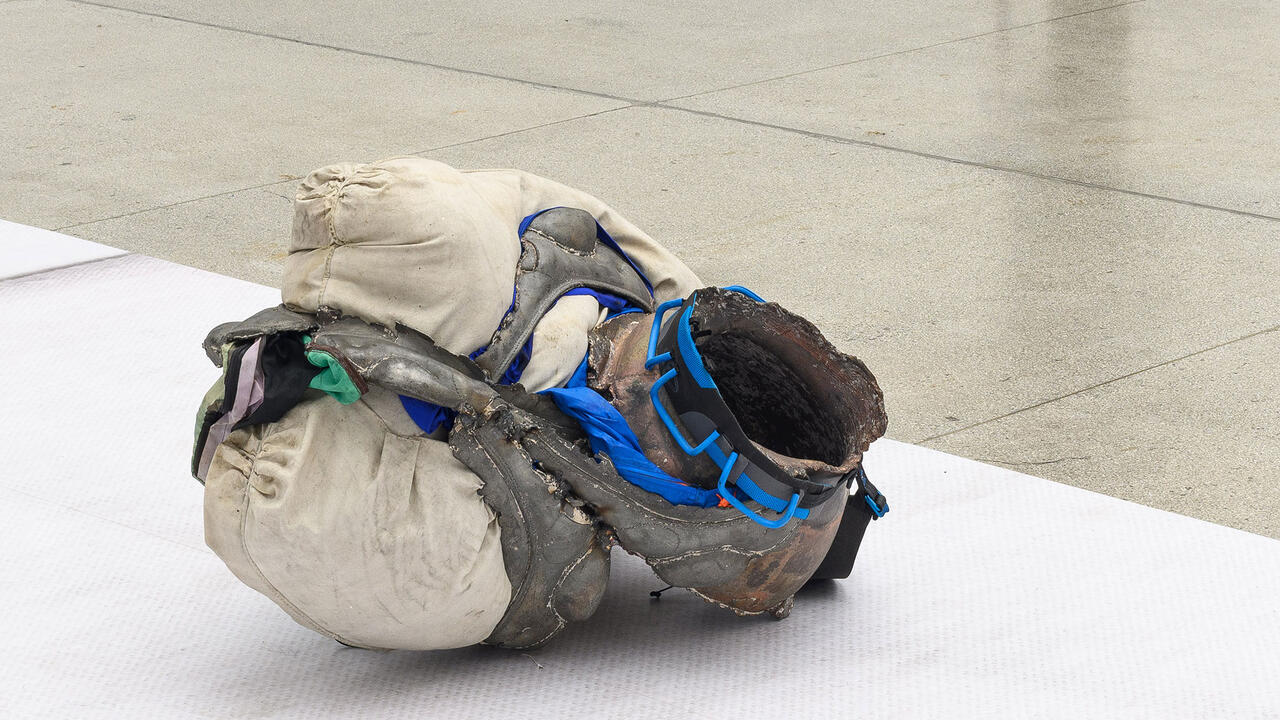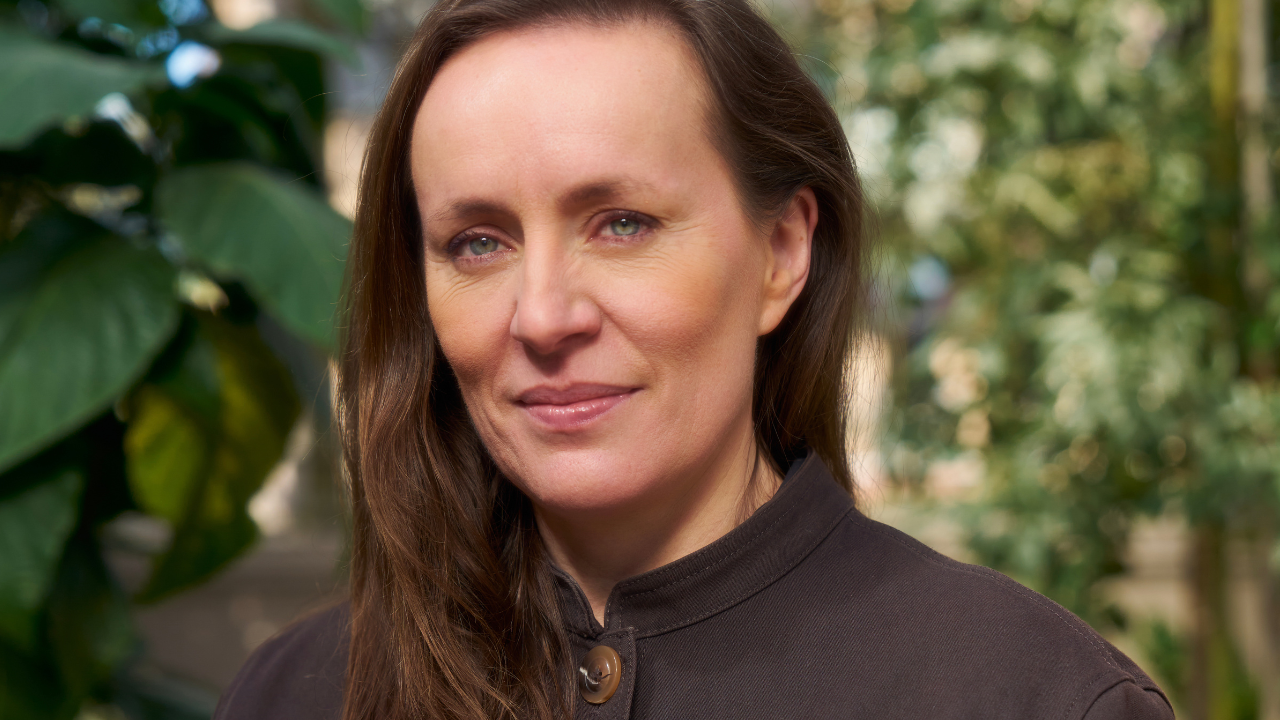X-Ray Architecture
An interview with Beatriz Colomina
An interview with Beatriz Colomina
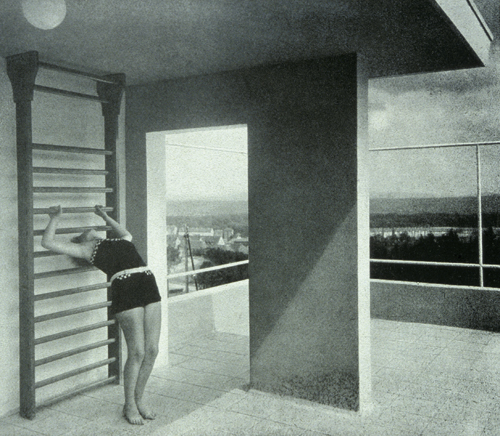
The current research of Princeton architectural theorist Beatriz Colomina focuses on what she terms ‘X-Ray Architecture’, which links the white walls of modern architecture to the last century’s emerging psychology of health, paranoia and sanitation – which continues up to today’s data tracking homes and smartphones. Colomina, who chose the theme of last year’s curated by_vienna, ‘The Century of the Bed’, is currently a fellow at the American Academy in Berlin.
Sandra Bartoli & Kito Nedo What was the starting point for your current research about what you call ‘X-Ray Architecture’?
Beatriz Colomina X-Ray Architecture is probably my longest preoccupation. It goes back to the first year I arrived in New York in the late 1980s, after studying architecture in Barcelona. I was a Visiting Fellow at the New York Institute for the Humanities. Amazing people were there that year, including Wolfgang Schivelbusch, Carl Schorske and Susan Sontag, who made an enormous impression on me. I was profoundly attracted to their interdisciplinary way of thinking. Sontag’s Illness as Metaphor (1978) was so fresh. I was working on modern architecture and I started seeing all the pathologies related to it: agoraphobia, claustrophobia, tuberculosis, hygiene, germs. I thought this would be a great topic for my dissertation and actually wrote about 100 pages on the theme.

SB & KN Instead your first book was Privacy and Publicity: Modern Architecture as Mass Media (1994).
BC Within architecture, there wasn’t yet a climate for such interdisciplinary research. I ended up working on Adolf Loos and Le Corbusier, and the relationship between modern architecture and the emerging media of the time: photography, illustrated magazines and film. It turned out that people within architecture were not ready for that either. Today the question of modern architecture and media is no longer controversial. The link between tuberculosis and modern architecture is for me like the return of the repressed. When I arrived at the American Academy in Berlin in autumn 2014, perhaps because its location in Wannsee – with all its sanatoria, a kind of ‘Magic Mountain’ in Berlin – it seemed right to return to my old obsession with tuberculosis.
SB & KN With the metaphor of illness the architect assumes a new role, becoming a healer, curing society from the illness of modernity. Do you think this was part of a conscious programme, as a way to dissuade the masses through some form of marketing campaign?
BC Actually the idea of architect as healer goes back to Vitruvius. Health has always been a key responsibility for architects. What has changed is the concept of health. I am arguing that modern architecture is organized around a new theory of health, and this theory can be seen in every polemic promoting modern architecture. I prefer using the term ‘publicity’ to ‘marketing’. Modern publicity relates to the way modern architecture was presented, and the rhetoric it deployed, which had a lot to do with fear of disease. For example, in his book The Radiant City (1933) Le Corbusier dismisses the ‘natural ground’ as a ‘dispenser of rheumatism and tuberculosis’ and declares it to be ‘the enemy of man’. He insists on using pilotis to detach the house from the ‘wet, humid, ground, where disease breeds’, and on using the roof as a garden for sunbathing and exercise. Avant-garde architects of the early decades of the 20th century, from Le Corbusier to Jan Duiker or Richard Neutra, presented their new architecture as a kind of medical equipment for protecting and enhancing the body. Buildings even started to look like X-rays, revealing the secrets within. Think about Mies van der Rohe’s project for the Glass Skyscraper in Berlin of 1922, with its exposed skeleton. It’s not by chance that Mies even collected and published X-rays. Presenting modern architecture as a machine for health was a response to real fears of the time. The fear of illness was more important for people than the alleged beauty of a modern white wall. Doctors and nurses before architects would recommend people with TB to get rid of curtains, carpets, ornaments, and use instead a simple bed and table – easy to clean and harder for dust to accumulate.

SB & KN Are you suggesting that modernism is based on hysteria and paranoia?
BC I think Tony Vidler said that all architecture is the result of panic. He was talking about baroque architecture but it applies, too, to modern architecture, which is the result of the panic over tuberculosis. There, the threat was real: one in three people had it. Imagine the fear this would produce today. The interesting thing is how this dominant trauma has been studied in practically every other field, yet has been strangely avoided in architecture.
SB & KN You have written that around 1920 health became a new form of religion.
BC Yes, and it is still today a form of religion. Even architects themselves act as role models. Le Corbusier exercised every day before work. He played basketball and, later, swam daily. I hear that Jacques Herzog organizes his complete schedule around his exercise routine. Rem Koolhaas swims every day, and he’ll only give a lecture on the condition that there’s a pool he can go to beforehand. It’s part of the deal: life and work are organized around exercise. Today maybe the body of the architect is more important than the body of their buildings, or at least you don’t get one without the other. Health is to modern architecture what religion was to Gothic architecture.

from the book Le visage de l’enfance, 1937
SB & KN So the fit and healthy star architect seems to be the link to the hedonist side of modern architecture. How is the issue of health present in contemporary architecture?
BC It’s everywhere. Take ‘sick building syndrome’, which didn’t exist until the 1980s. Around that time, office workers exposed to controlled air circulation started reporting all kinds of symptoms, diseases and allergies. There is an irony here: modern architecture was supposed to make you healthy but instead turned against its occupants to make them sick – mentally and physically. This is a reversal of roles too as the building itself becomes the infectious patient in need of treatment. Some buildings even had to be demolished because the problem could never be diagnosed. Today’s dominant discourse about sustainability is actually a displaced discussion about health. It’s all about healthy, lean, fit, breathing buildings.
SB & KN How does the recent phenomenon of body trackers, collecting data with smartphones, relate to architecture?
BC Everything today is about data. We submit ourselves voluntarily to the idea that our own data is being collected. When the house collects information, data becomes architecture. Not only the fridge telling the grocery store that you need milk, but also the toilet analyzing your urine, telling you that you are perhaps becoming hypoglycemic and are at risk of diabetes. This becomes a form of surveillance because one’s doctor is also informed. With these new sensors, the house itself becomes a machine monitoring one’s health. Houses today are full of equipment that were once only in hospitals. Today it’s not even data about the world, but a world completely shaped by big data. The space we live in is also producing biophysical data.

SB & KN This feedback loop becomes a form of control, as the building begins to tell us how to live.
BC Yes, there is a nightmare politics to this. The modern house of the ’20s was a doctor’s prescription, recommending that you open the window, that you live outside, that you exercise, that you paint everything white, remove the decoration, and so on. Today’s paradigm is different, evaluating what you are doing and transforming it into data which tries to correct your actions in real time. It is an integral part of a control society.
SB & KN Your latest publication is titled Manifesto Architecture: the Ghost of Mies. Assuming that manifestos were always written in a moment of crisis – what kind of moment is it now for architecture?
BC I would say that manifestos are declarations of war, not responses to crisis. Actually they try to produce crisis. I don’t think there was any particular crisis at the time when the Futurists wrote their manifesto in 1908. That was a declaration of war against the past. Likewise Le Corbusier declared war on 19th century architecture. The history of the various avant-gardes is inseparable from the history of their manifestos. The question posed to a group of us in a conference at Columbia University was ‘where did the manifesto go?’ I wanted to challenge the conventional understanding of manifestos and look at architects like Mies who were using their projects as manifestos – buildings themselves as declarations of war – challenging even the architects that produced them.
SB & KN How might a manifesto look in our own age of connectivity?
BC The age of the manifesto has passed. I can’t say I am nostalgic about this. Testosterone-driven, aggressive, even violent, often misogynist, definitely masculine … what is there to miss? Koolhaas provocatively subtitled his Delirious New York (1978) a ‘retroactive manifesto for Manhattan.’ Similarly, Venturi called his Complexity and Contradiction in Architecture (1966) a ‘gentle manifesto’. But a manifesto is neither gentle nor retroactive. These were postmodern attempts to redeploy the subversive energy of the manifestos from the early 20th century which were never as self-reflective nor willingly ambivalent.
In recent years, there have been attempts on several fronts to revive the manifesto genre. The basic argument of my little book Manifesto Architecture [2014] is that there are alternative modes of manifesto. In the book I call it the SOFT MANIFESTO, which has its own short history, and maybe my book is itself a Soft Manifesto – a kind of counter history.
We live in a culture of sharing, so if there were such a thing as a manifesto today, it would probably emerge from experimenting with social media, in the same way that early manifestos emerged from experimentation with new forms of communication, new printing technologies, radio, etc. For the futurists the excitement was to get something printed in a major newspaper. If Marinetti had published his manifesto in a local newspaper in Italy it wouldn’t have had any effect. But he had some kind of connection to Le Figaro and he waited six months until he was able to get it printed on the first page of that powerful newspaper. And that shows his understanding of the significance of the media at that time. Today the key site would be the one with the most links.
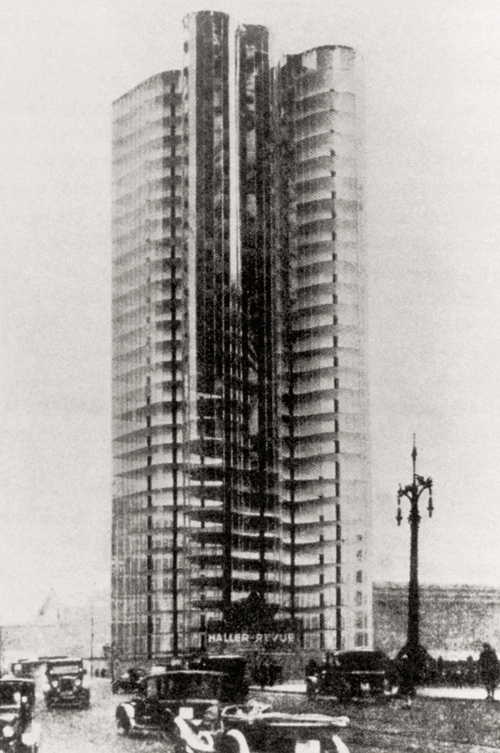
Photomontage (courtesy: VG-Bild-Kunst, Bonn, 2005)
SB & KN For last autumn’s curated by_vienna, an exhibition project involving 22 galleries in Vienna, you declared ‘The Century of the Bed’. Was this a manifesto?
BC Perhaps. I was asked to suggest a theme but instead I asked a question which I think is very relevant in our time. In 2012, the Wall Street Journal reported that 80 percent of young professionals in New York work in bed. My question was: if the office has moved into the bed, what is private and what is public, what is inside and what is outside, what is work and what is leisure? The idea was to have artists and curators from the individual galleries reflect on this question as a kind of think tank – more in the spirit of today’s collaborative attitude to research. In 2000 there was no social media. Now, the bed is the epicentre of a whole new universe of sharing. This has huge implications for architecture. What is the nature of this new interior in which we have decided collectively to check ourselves in? What is the architecture of this prison in which night and day, work and play are no longer differentiated and where we are permanently under surveillance? New media turns us all into inmates, constantly under surveillance, even as we celebrate endless connectivity. We have each become a ‘contemporary recluse’, as Hugh Hefner put it half a century ago.
Beatriz Colomina is Professor of Architecture and Founding Director of the Program in Media and Modernity at Princeton University. Her publications include Manifesto Architecture: The Ghost of Mies (2014), Domesticity at War (2007) and Privacy and Publicity. Modern Architecture as Mass Media (1996) .









